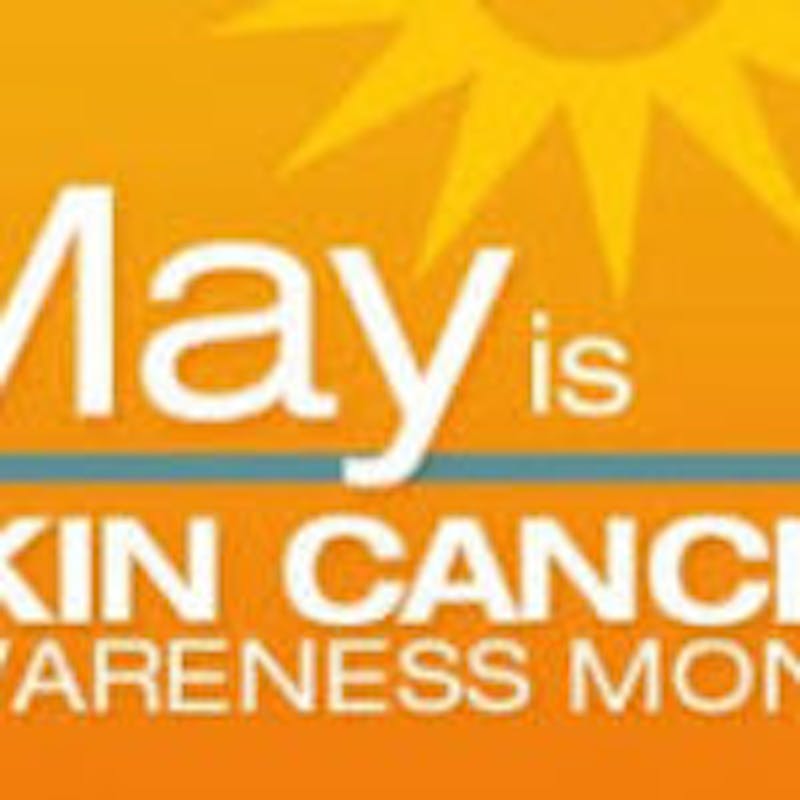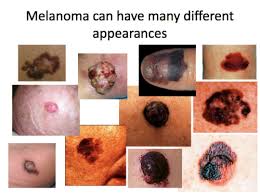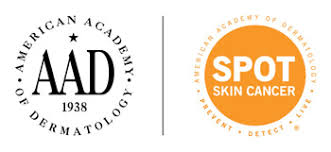


Skin Cancer Prevention Tips From The Skin Cancer Foundation- May , 2018
Skin cancer is a disease that affects people of every age, gender and ethnicity. One in five Americans will develop skin cancer by the age of 70; in fact, more people are diagnosed with skin cancer each year in the U.S. than all other cancers combined.
But there is good news: Because skin cancer is chiefly a lifestyle disease, it is also highly preventable. About 90 percent of nonmelanoma skin cancers and about 86 percent of melanomas are associated with exposure to ultraviolet (UV) radiation from the sun. Knowing the risk factors and practicing sun protection year-round are key to reducing your risk.
“It’s never too early or too late in life to start protecting your skin from sun damage,” says Deborah S. Sarnoff, MD, president of The Skin Cancer Foundation. “Parents and caregivers should teach children about sun protection at an early age and help them instill lifelong habits. And even after a lifetime of sun exposure, older people can stop further damage to their skin by making sun protection a priority.

Here are The Skin Cancer Foundation’s tips for reducing your skin cancer risk:
Seek the shade, especially between 10 AM and 4 PM when the sun is strongest. An extra rule of thumb is the “shadow rule.” If your shadow is shorter than you are, the sun’s harmful ultraviolet (UV) radiation is stronger; if your shadow is longer, UV radiation is less intense.
Do not burn. A person’s risk for melanoma, the deadliest form of skin cancer, doubles if he or she had had five or more sunburns at any point in life.
Avoid tanning and UV tanning booths. UV radiation from tanning machines is known to cause cancer in humans. Indoor UV tanners are 74 percent more likely to develop melanoma, one of the deadliest forms of skin cancer, than those who have never tanned indoors. Tanning bed users are also 1.5 times more likely to develop basal cell carcinoma and 2.5 times more likely to develop squamous cell carcinoma, two of the most common forms of skin cancer. The more time a person has spent tanning indoors, the higher the risk.
Cover up with clothing, including a broad-brimmed hat and UV-blocking sunglasses. Clothing can be your most effective form of sun protection, so make the most of it with densely woven and bright- or dark-colored fabrics, which offer the best defense. The more skin you cover, the better, so choose long sleeves and long pants whenever possible.
Use a broad-spectrum (UVA/UVB) sunscreen with an SPF of 30 or higher every day. For extended outdoor activity, use a water-resistant, broad-spectrum (UVA/UVB) sunscreen with an SPF of 30 or higher.
Apply 1 ounce (2 tablespoons) of sunscreen to your entire body 30 minutes before going outside. Reapply every two hours or immediately after swimming or excessive sweating. One eight-ounce bottle of sunscreen should provide two full days of sun protection.
Keep newborns out of the sun. Sunscreens may be used on babies over the age of six months, but they should also be protected by shade and clothing. Children are very sensitive to ultraviolet radiation – just one severe sunburn in childhood doubles the chances of developing melanoma later in life.
Examine your skin head to toe every month. While self-exams shouldn’t replace the important annual skin exam performed by a physician, they offer the best chance of detecting the early warning signs of skin cancer. If you notice any change in an existing mole or discover any new spot that doesn’t heal after several weeks, see a physician immediately.
Visit us at The Dermatology Center for your yearly skin checkup. Don’t let this simple visit interfere with your life!! Call us today at 540-370-9098 to schedule your body check.

